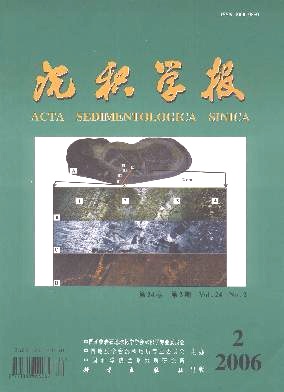Formation of Late Neoproterozoic Cap Carbonates and Termination Mechanism of “Snowball Earth”
- Received Date: 1900-01-01
- Rev Recd Date: 1900-01-01
- Publish Date: 2006-04-10
-
Key words:
- cap carbonate /
- snowball Earth /
- gas hydrates /
- methane seep /
- Neoproterozoic
Abstract: The Earth's most severe glaciation is considered to have occurred about 635 million years ago, in the late Neoproterozoic era, and is believed to have engulfed the entire earth under ice to create what came to be described as “Snowball Earth”. Carbonate rocks directly and ubiquitously overlie Neoproterozoic glacial diamicrites on almost every continent, and are commonly referred to as “cap carbonates”. Their unusual facies and strongly negative carbon isotopic signature stirred up considerable debates in the academic community, as they wonder how cap carbonates could have formed, thus “Snowball Earth” and “Methane Seep” were hypothesized. The “Snowball earth” hypothesis can explain many phenomena related to the Neoproterozoic glaciations, cap carbonates have been controversially ascribed to the aftermath of almost complete shutdown of the ocean ecosystems for millions of years during such ice ages.Conversely, it has also been suggested that these carbonate rocks were the result of destabilization of methane hydrates during deglaciation and concomitant flooding of continental shelves and interior basins. Recent carbon isotopic data of cap carbonates (δ13C as low as -41‰) provides direct evidence for methane-influenced process during deglaciation, strongly supported〖KG*2〗“Methane Seep” hypothesis.
| Citation: | FENG Dong. Formation of Late Neoproterozoic Cap Carbonates and Termination Mechanism of “Snowball Earth”[J]. Acta Sedimentologica Sinica, 2006, 24(2): 235-241. |






 DownLoad:
DownLoad: